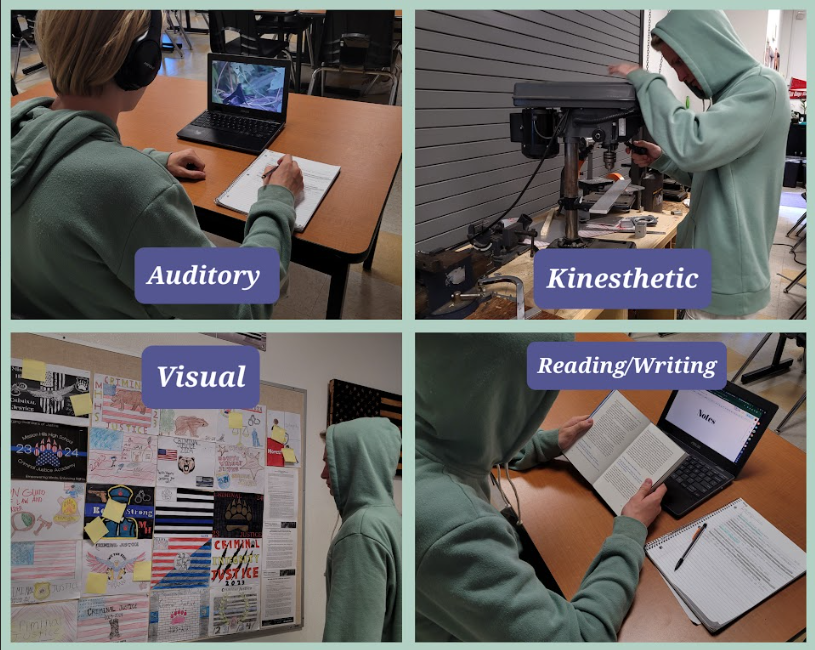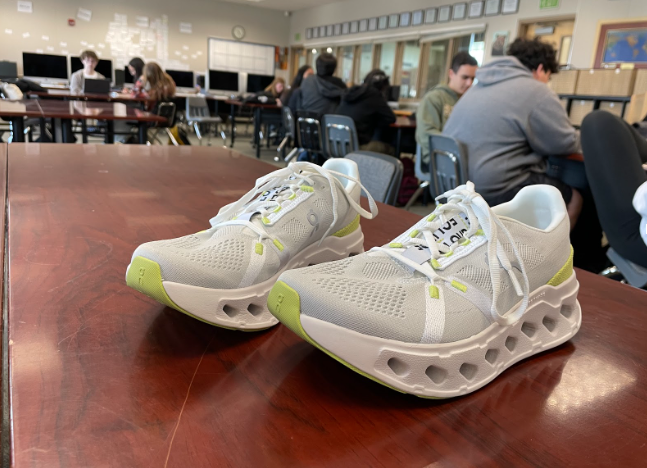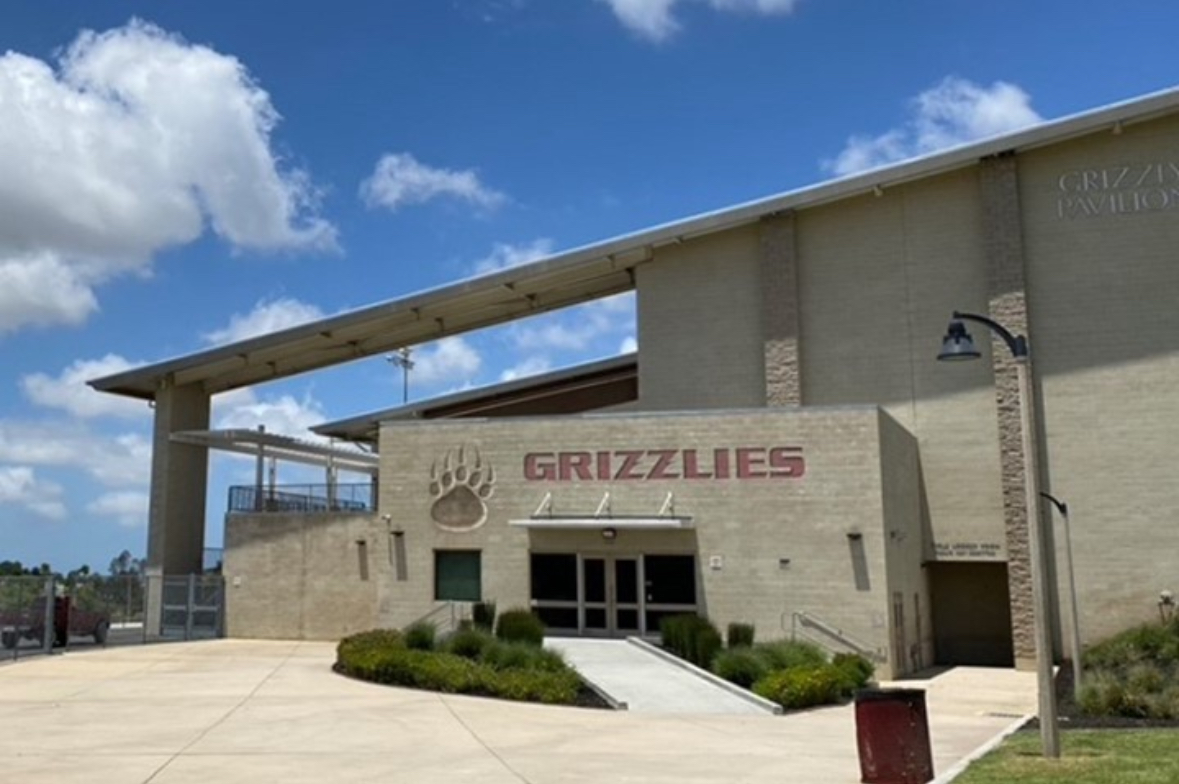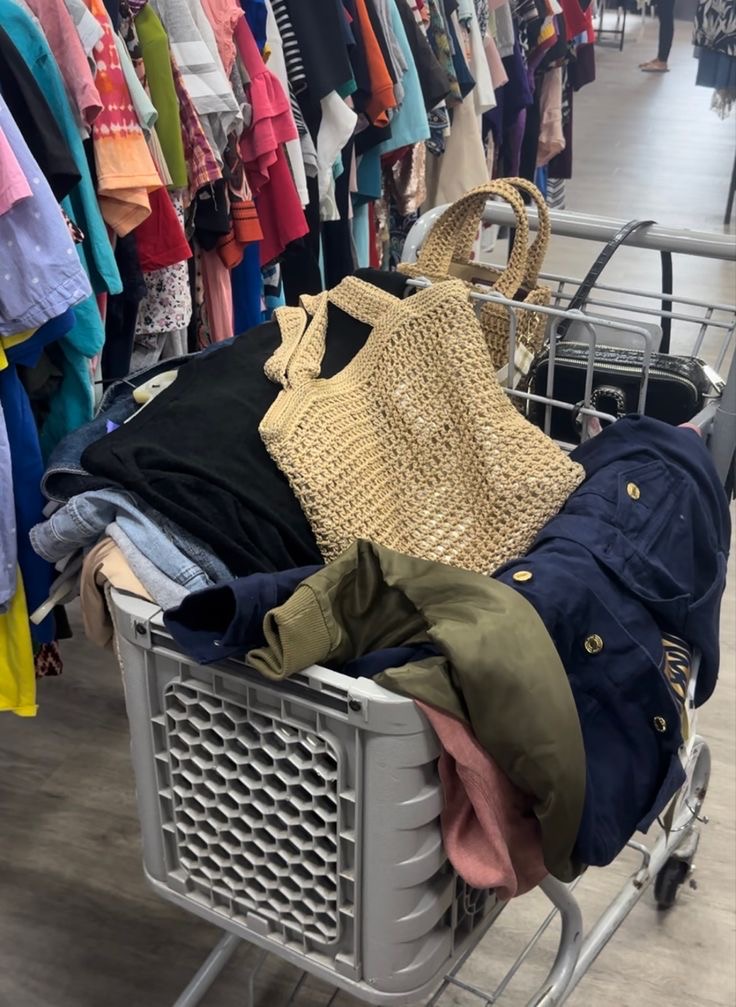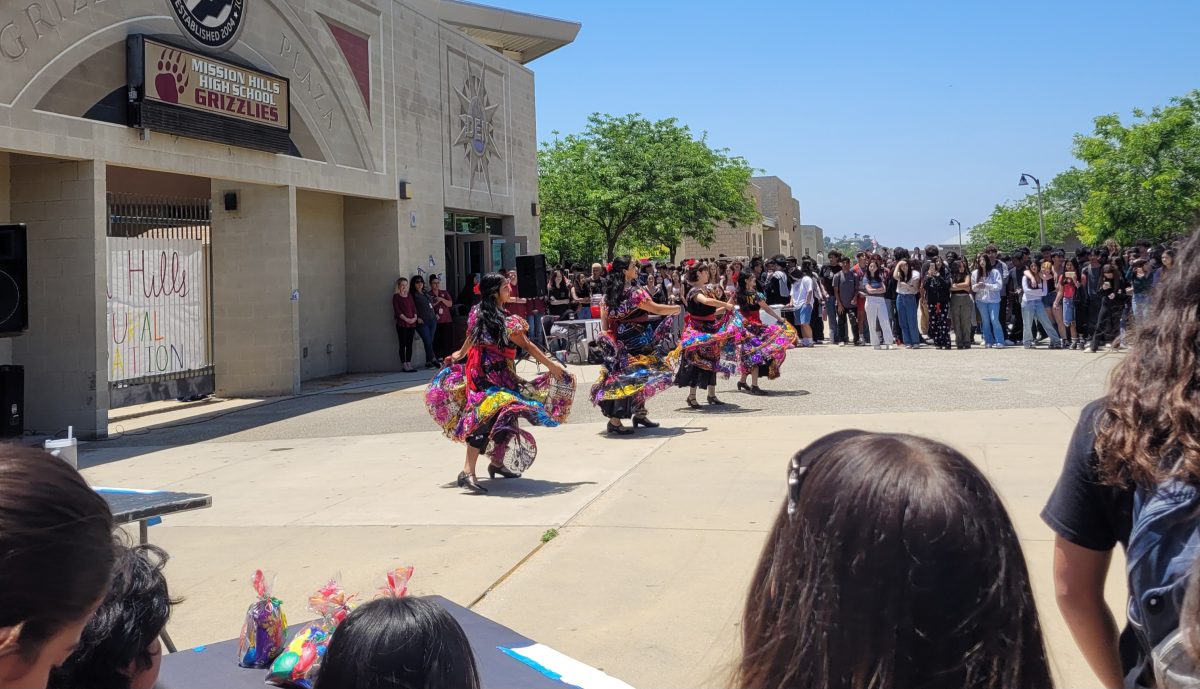In the realm of education, one size does not fit all. Each learner possesses a unique set of strengths, preferences, and learning styles that shape their education journey. Understanding and accommodating these diverse learning styles is crucial to fostering a truly inclusive and effective environment. One must delve into the fascinating world of learning styles in order to explore how embracing individuality can revolutionize education.
Learning is a complex and multifaceted process, influenced by various factors such as cognitive abilities, environmental factors, and personal experiences. One key aspect that greatly impacts how individuals acquire and retain knowledge is their learning style. Learning styles refer to the preferred ways in which individuals process, comprehend and internalize information.
To shed light on this topic, a journey through the four main learning styles: visual, auditory, reading/writing and kinesthetic, also known as VARK, is necessary. By understanding these distinct styles, educators can tailor their teaching methods to cater to the diverse needs of their students.
“In the tapestry of knowledge, images weave the most vibrant threads,” sophomore Ava Leahy said. First, we have visual learners, who thrive on visual cues and imagery. They grasp concepts more effectively through graphs, charts, diagrams and other visual aids that enhance their understanding. For these learners, incorporating visual elements into lessons can significantly boost their comprehension and retention. It’s like giving them a picture-perfect way to learn.
“Echoes of wisdom resonate deeply within those who learn through sound,” sophomore Ava Leahy said. Next up, we have auditory learners. These are the folks who absorb information best through spoken words and sounds. They excel in discussion, lectures, and oral presentations. Engaging them through group discussions, audio recordings, and verbal explanations can enhance their learning experience. It’s like music to their ears.
“In the quiet world of pen and paper, knowledge finds its most enduring form,” sophomore Ava Leahy said. Moving on, we encounter the reading/writing learners. These individuals have a natural affinity for written words. They absorb information most effectively through reading texts, taking notes, and engaging in written exercises. Providing them with ample reading materials, written assignments, and note-taking opportunities can optimize their learning process. It’s like giving them a library full of knowledge.
“True understanding emerges when the hands and heart engage in harmony,” sophomore Ava Leahy said. Lastly, we have kinesthetic learners. These hands-on learners thrive through physical activities and experiences. They learn best when given opportunities for movement, exploration, and tactile engagement, incorporating interactive experiments, role-playing activities, and practical demonstrations can unleash the full potential of kinesthetic learners. It’s like letting them learn by doing.
By acknowledging and catering to different learning styles, educators can create a more inclusive and effective learning environment. incorporating visual aids, encouraging group discussions, providing ample reading materials, and incorporating hands-on activities can help engage students with different learning preferences.
It’s important to note that these learning styles don’t exist in isolation, most individuals exhibit a combination of styles, with one or two styles dominating their preferences. Recognizing and embracing these unique learning styles allows educators to create a more engaging and effective learning environment.
Understanding our own learning style can also empower us as learners. By recognizing how we best process information, we can tailor our study strategies to maximize our learning potential. Whether it’s creating visual study aids, recording lectures for auditory review, reading and summarizing texts, or engaging in hands-on practice, embracing our preferred learning style can make learning more enjoyable and effective.
“Recognizing the variety of learning styles is the first step to crafting a truly inclusive and effective educational experience,” sophomore Ava Leahy said.
So, to sum it all up, learning styles are like personalized keys that unlock the door to our understanding. By recognizing and embracing our unique learning style, we can open up a world of knowledge and make our learning experiences more enjoyable and effective. Whether it’s visual learners who love to see things, auditory learners who thrive on hearing information, reading/writing learners who excel with words, or kinesthetic learners who need to get hands-on, understanding our preferences can help us unlock our full learning potential. Remember, there’s no right or wrong learning style. We’re all different, and that’s what makes learning so exciting, and diverse. So, embrace your learning style, find strategies that work for you, and never stop exploring new ways to expand your knowledge.
“Grasping the diversity of learning styles unlocks the doors to personalized education and boundless potential,” sophomore Ava Leahy said.
Categories:
Unlocking the Power of Learning Styles: Embracing Individuality in Education
May 28, 2024
Photo by Ericka Lony
Caleb Johnson engages in various activities that represent different learning styles. He demonstrates the diverse ways people can absorb and process information. Understanding these styles helps tailor educational approaches for effective learning. “Grasping the diversity of learning styles unlocks the doors to personalized education and boundless potential,” sophomore Ava Leahy said.
Story continues below advertisement
More to Discover
About the Contributor
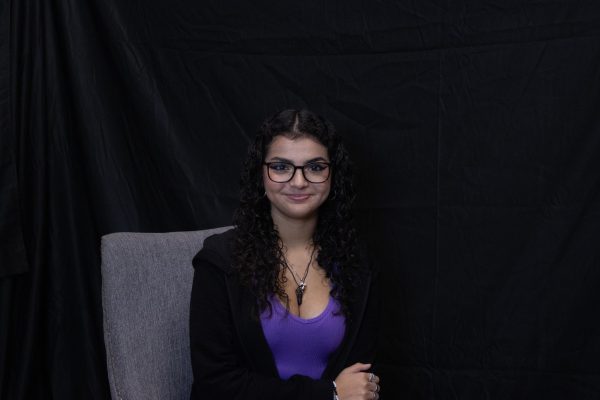
Ericka Lony, Staff Writer
(she/her) Ericka Lony is a sophomore here at Mission Hills High School. This first year joining the Journalism staff and she is super excited to be a part of it. Ericka is a huge animal person, she has three dogs and a turtle, but she also loves cats. She likes to play soccer, read, draw, and hang-out with friends.

